
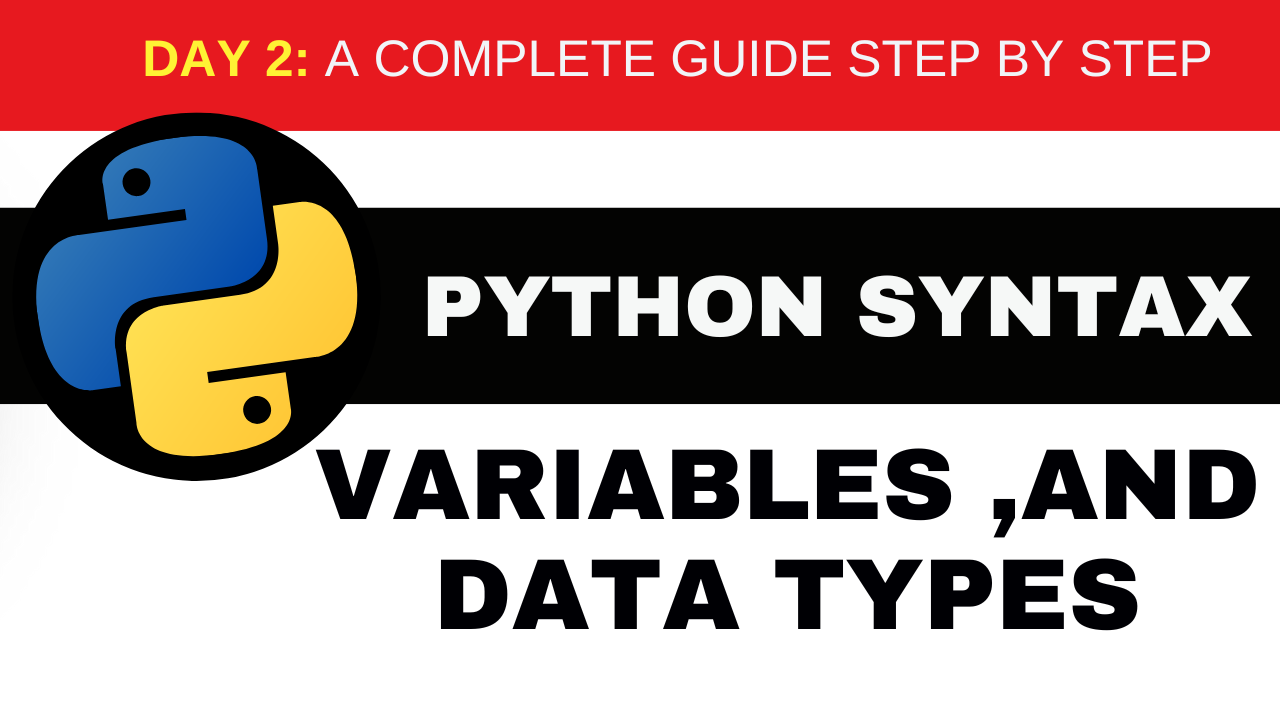
Day 2: Python Syntax Variables and Data Types
Introduction to Python – Python Syntax Variables and Data Types
Day 2: Python Syntax Variables
Welcome to Day 2 of our 45-day Python course! Yesterday, we got Python installed and set up our development environment. Today, we’ll dive into the core Python Syntax Variables , which forms the foundation of writing clean and effective Python code. By the end of this post, you’ll be familiar with basic Python Syntax Variables and ready to write more complex scripts.
Check Out New Project :- https://www.youtube.com/@Decodeit2
Python Syntax
Python syntax refers to the set of rules that define how a Python program is written and interpreted. Here are some key points to get you started:
- Indentation: Python uses indentation to define the blocks of code. Indentation is crucial in Python and should be consistent.
if True:
print("This is correctly indented")
- Comments: Comments are used to explain code and are ignored by the Python interpreter. Single-line comments start with a
#, and multi-line comments are enclosed in triple quotes'''or""".
# This is a single-line comment
"""
This is a multi-line comment
that spans several lines.
"""
- Statements: Each line of code in Python is a statement. Statements can span multiple lines using a backslash (
\) or within parentheses.
total = 1 + 2 + 3 + \
4 + 5 + 6
total = (1 + 2 + 3 +
4 + 5 + 6)
Variables
Variables are used to store data that can be referenced and manipulated in a program. In Python, you don’t need to declare the type of a variable; it is inferred from the value you assign.
- Variable Assignment:
x = 5
name = "Alice"
is_student = True
- Variable Naming Rules:
- Must start with a letter (a-z, A-Z) or an underscore (_)
- Followed by letters, numbers (0-9), or underscores
- Case-sensitive (e.g.,
ageandAgeare different variables) - Avoid using reserved keywords like
class,if,else, etc.
- Multiple Assignments:
a, b, c = 1, 2, 3
x = y = z = 0 # All three variables are assigned the value 0
Python Syntax Variables
Data Types
Python supports various data types, each serving a different purpose. Here are the basic ones:
- Numeric Types:
- Integer: Whole numbers, e.g.,
10 - Float: Decimal numbers, e.g.,
3.14 - Complex: Complex numbers, e.g.,
1 + 2j
age = 25 # Integer
price = 19.99 # Float
complex_num = 1 + 2j # Complex
- String:
- A sequence of characters enclosed in single (
') or double (") quotes. - Multi-line strings are enclosed in triple quotes (
'''or""").
message = "Hello, World!"
multi_line = """This is a
multi-line string"""
- Boolean:
- Represents
TrueorFalse.
is_active = True
has_license = False
- List:
- Ordered, mutable collection of items.
- Items can be of different data types.
fruits = ["apple", "banana", "cherry"]
- Tuple:
- Ordered, immutable collection of items.
- Items can be of different data types.
point = (4, 5)
- Set:
- Unordered collection of unique items.
unique_numbers = {1, 2, 3, 4}
- Dictionary:
- Unordered collection of key-value pairs.
student = {"name": "John", "age": 21, "courses": ["Math", "Science"]}
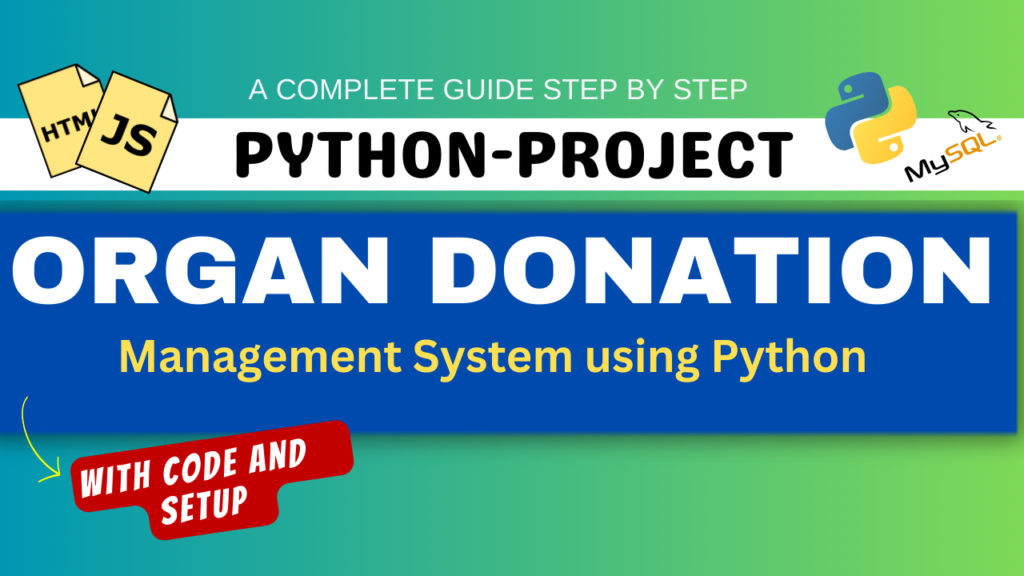
Python Syntax
Python is known for its readability and simplicity. Let’s go through some fundamental aspects of Python syntax.
1. Printing to the Console
The print() function is used to display output in Python.
print("Hello, World!")
String
A string is a sequence of characters enclosed in single or double quotes. Strings are used to represent text.
name = "Alice" # Double quotes
greeting = 'Hello' # Single quotes
# Multiline strings can be created using triple quotes
multiline_string = """This is a
multiline
string."""
Integer
Integers are whole numbers without a decimal point. They can be positive, negative, or zero.
age = 30 # Positive integer
temperature = -5 # Negative integer
count = 0 # Zero
Float
Floats are numbers with a decimal point. They are used to represent real numbers.
height = 5.7 # Positive float
weight = 70.5 # Another positive float
pi = 3.14159 # Approximation of pi
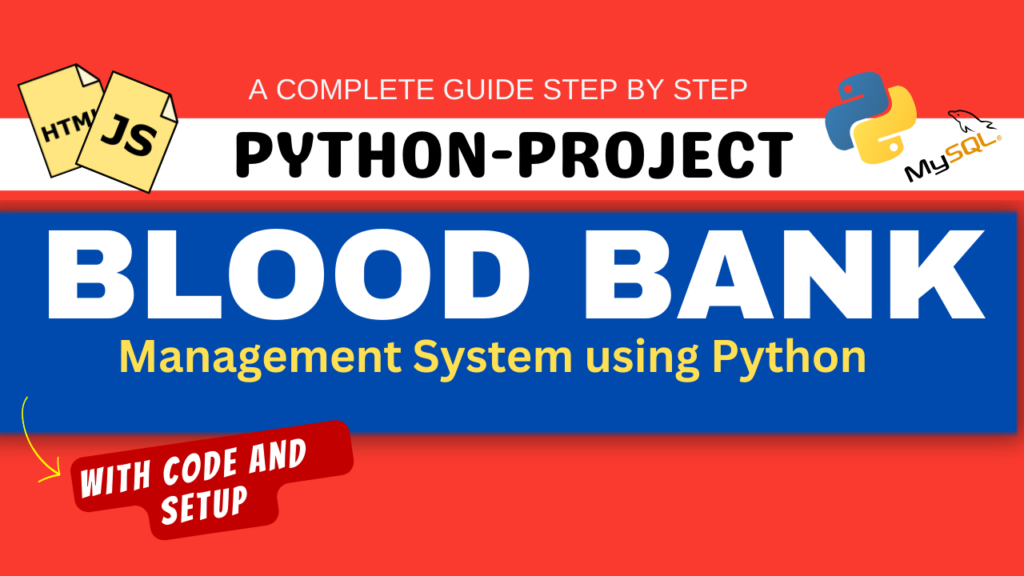
Boolean
Booleans represent one of two values: True or False. They are used for logical operations.
is_student = True # Boolean value True
has_license = False # Boolean value False
4. Basic Input and Output
You can use the input() function to get user input.
# Getting user input
name = input("Enter your name: ")
print("Hello, " + name + "!")
5. Basic Arithmetic Operations
Python supports common arithmetic operations.
# Arithmetic operations
a = 10
b = 3
sum = a + b # Addition
difference = a - b # Subtraction
product = a * b # Multiplication
quotient = a / b # Division
remainder = a % b # Modulus
power = a ** b # Exponentiation
6. Data Types and Type Conversion
You can convert between data types using built-in functions like int(), float(), str(), etc.
# Type conversion
num_str = "123"
num_int = int(num_str) # Convert string to integer
height = 5.7
height_str = str(height) # Convert float to string
7. String Operations
Python provides several methods for string manipulation.
# String operations
greeting = "Hello"
name = "Alice"
# Concatenation
message = greeting + ", " + name + "!"
# String methods
upper_case = message.upper() # Convert to uppercase
lower_case = message.lower() # Convert to lowercase
title_case = message.title() # Convert to title case
length = len(message) # Get length of string
8. Lists
Lists are ordered, mutable collections of items. They can hold items of different data types and support various operations.
# Lists
fruits = ["apple", "banana", "cherry"]
# Accessing list items
first_fruit = fruits[0]
# Modifying list items
fruits[1] = "blueberry"
# Adding items to list
fruits.append("date")
# Removing items from list
fruits.remove("cherry")
# List slicing
subset = fruits[1:3] # Get items from index 1 to 2
9. Tuples
Tuples are ordered, immutable collections of items. Once created, the items in a tuple cannot be changed. Tuples are useful for grouping related data.
# Tuples
coordinates = (10.0, 20.0)
# Accessing tuple items
x = coordinates[0]
y = coordinates[1]
# Tuples can also be used for multiple assignments
a, b = 1, 2
10. Dictionaries
Dictionaries are unordered collections of key-value pairs. They allow for fast retrieval of values based on their keys. Keys in a dictionary must be unique and immutable (e.g., strings, numbers, or tuples).
# Dictionaries
person = {
"name": "Alice",
"age": 30,
"is_student": True
}
# Accessing dictionary items
person_name = person["name"]
# Modifying dictionary items
person["age"] = 31
# Adding new key-value pairs
person["height"] = 5.7
# Removing items
del person["is_student"]
# Iterating through dictionary keys and values
for key, value in person.items():
print(key, value)
Practice Exercises [Python Syntax Variables]
- Print Your Name: Write a program that asks for the user’s name and prints a greeting.
- Simple Calculator: Write a program that takes two numbers from the user and prints their sum, difference, product, and quotient.

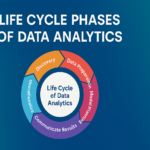
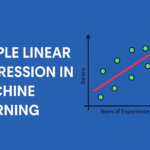





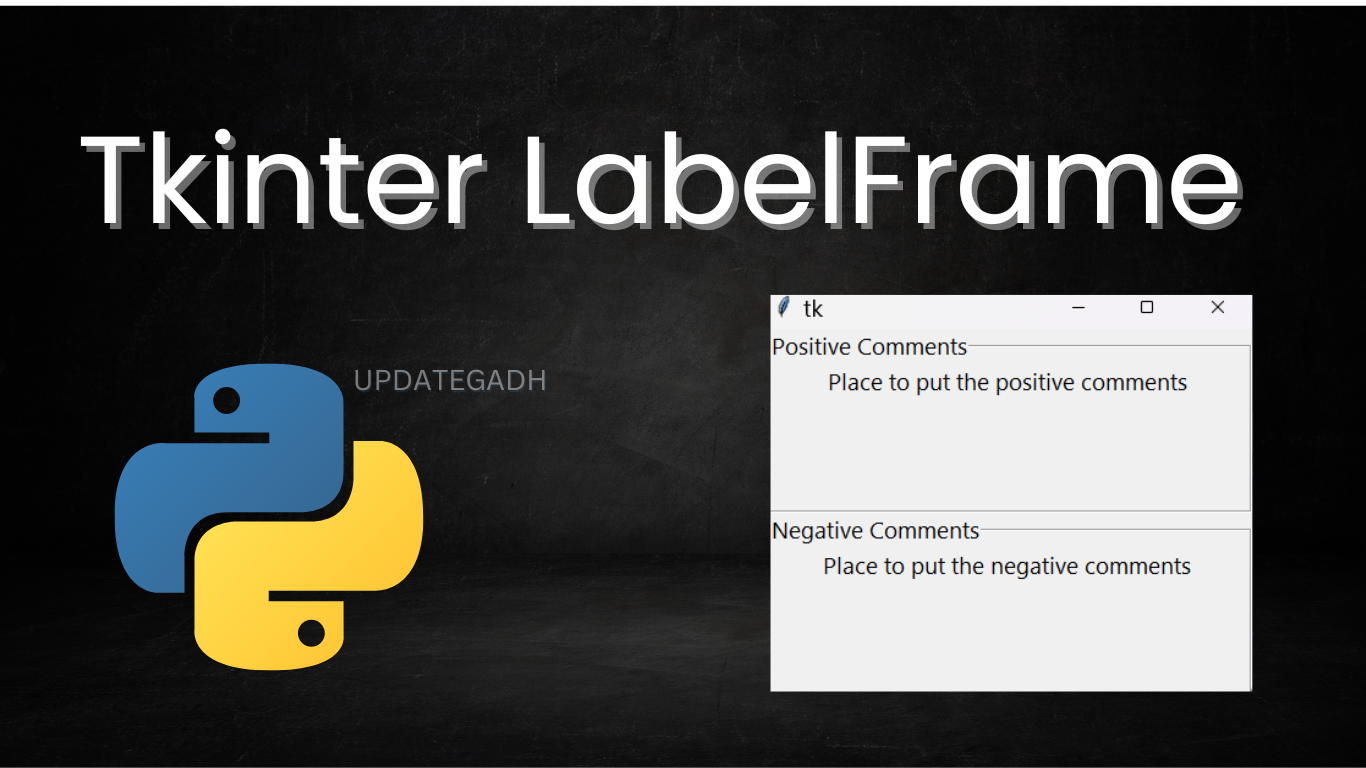

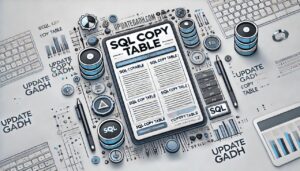

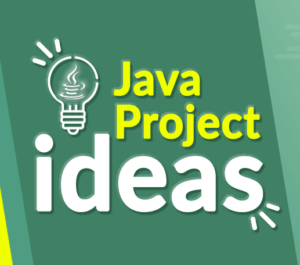


Post Comment